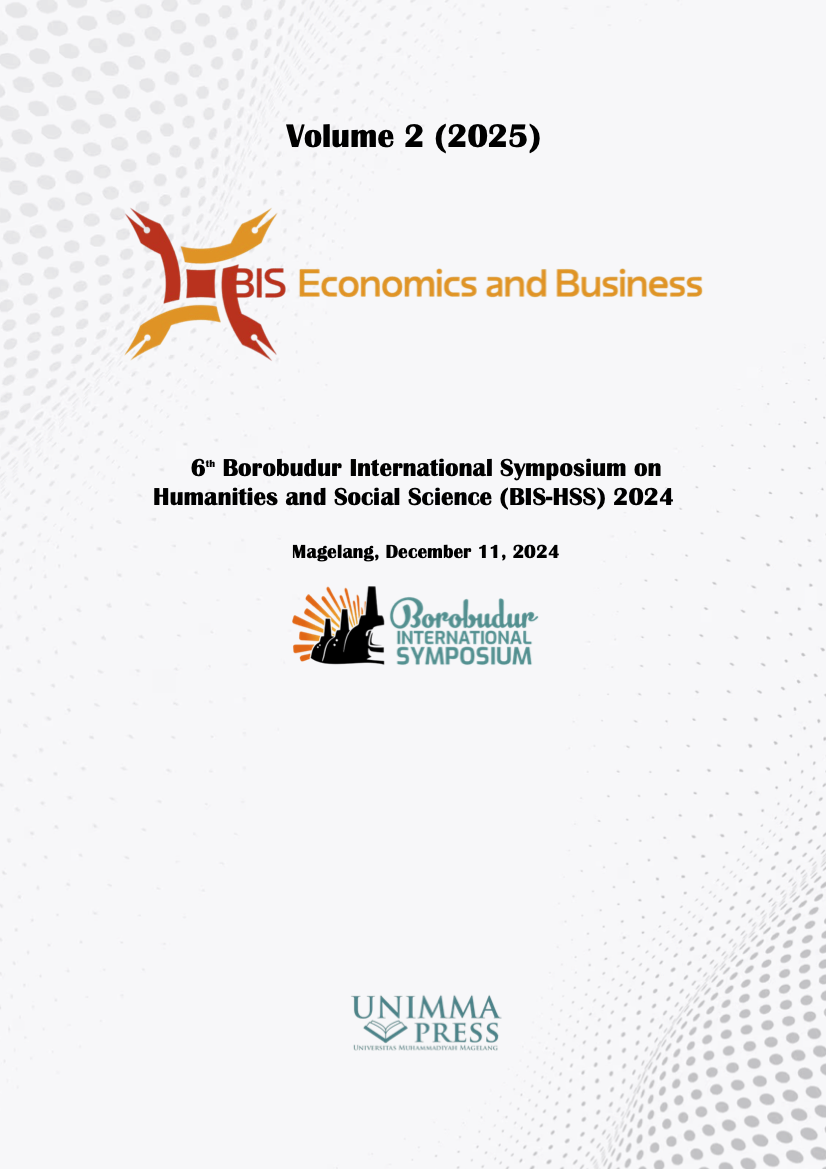The development of batik stamping tools to support micro, small, and medium enterprises in pela tourism village, East Kalimantan, Indonesia, to support sustainable river fish conservation
Keywords:
Design innovation, Batik stamp, MSME, Sustainability, Endemic animalsAbstract
Batik MSMEs that the activity is on the water, such as in Pela Village, East Kalimantan, where the river flow below is also a typical habitat for East Kalimantan's endemic fish and its existence must be preserved, so special treatment is needed, namely helping to maintain the safety of water content in the river that is its habitat. So, in the process of making batik, it is necessary to use environmentally friendly materials. Environmentally friendly dyes are easy to get, but for environmentally friendly batik wax materials are still very difficult to get. For this reason, a batik stamp tool is needed that in the dyeing process does not require batik wax material. The method used is Quality Function Development (QFD) which consists of the stages of product planning, assembly, process planning, and process control. After the QFD stage is carried out, the result obtained is a stamp tool that has a barrier component in the form of a motif mold that clamps the fabric from the top and bottom, stainless steel material, dimensions 280 cm x 140 cm x 125 cm. With the existence of batik printing tools with the technique of clamping cloth from above and below, it is very helpful for batik MSMEs that are above the sea as a habitat for endemic fish that are being preserved, greatly supporting the efforts of the local government in sustainable efforts in the field of nature conservation.
Downloads
Published
Conference Proceedings Volume
Section
License

This work is licensed under a Creative Commons Attribution-NonCommercial 4.0 International License.

